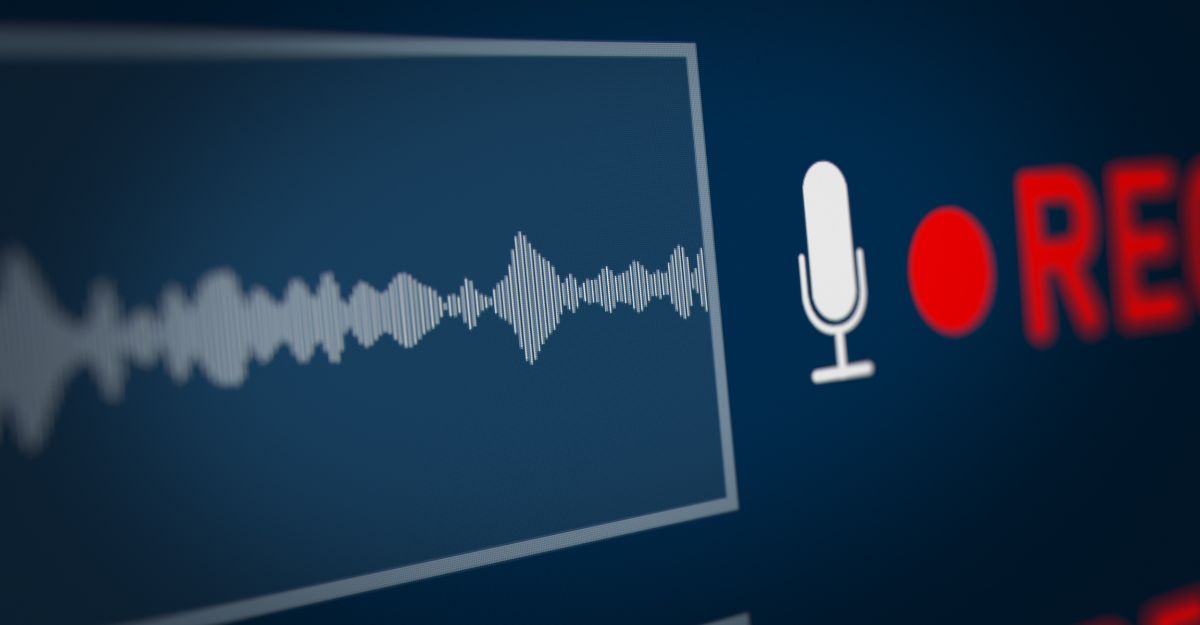What Is Call Center Recording? 4 Powerful Ways VoIP Software Can Benefit Your Business
The latest technology has transformed how call center recordings work, providing many benefits that weren’t available with older systems. We’re talking about happier customers, increased brand loyalty, smoother customer service calls, less manual data entry, and increased profits.
Let’s dig into the potential impact of this new technology on your business. We’ll start with the basics.
What Is Call Center Recording?
Call center recordings capture conversations between call center agents and customers. These recordings differ from “call monitoring,” which involves a supervisor listening in on specific calls in real time. Call monitoring can allow you to keep tabs on agent performance. However, it can result in gaps in understanding.
On the other hand, call center recording software captures and stores calls, allowing the data to be accessed later by authorized personnel within your organization.
The latest and most effective recordings require specialized software called “voice over IP,” or VoIP for short. That means all calls are stored digitally. VoIP software can include built-in transcription, making it easy for you to skim through the content of a call within seconds to minutes rather than listening to the entire recording, which would take much longer.
How Does VoIP Call Center Recording Work?

Once you’ve installed VoIP software either on your servers or in the cloud, it will integrate with your center’s telephony infrastructure, including phone lines, switches, and other equipment. The integration allows the software to intercept and capture incoming and outgoing calls. Here’s a step-by-step look at how a VoIP call center recording works.
Step 1. Initiation of Call: A customer contacts the call center.
Step 2. The Call Is Routed to an Agent: The system identifies an appropriate agent to take the call based on the agent’s skills, availability, and workload.
Step 3. Record Start: Once the customer connects with an agent, the system initiates recording. The agent or supervisor can manually start the recording. Alternatively, this step can take place automatically.
Step 4. Recording Storage: The voice data from the call is captured and stored in a digital format. This storage can be on-premises or in the cloud, depending on your setup. Metadata such as caller ID, agent ID, call duration, and timestamp can be associated with the recording for future reference and analysis.
What Are the Benefits of Call Center Recordings?
Call center recordings do much more than passively capture interactions between agents and your customers. They have the power to level up your customer service as well as protect you from liability. Let’s explore the four main benefits.
Benefit #1: More Robust Agent Training
Some new agents hit the ground running while others struggle to adjust to the demands of the job. By monitoring calls, you’ll gain essential insights into which agents would benefit from more intensive training and support.
These calls can also serve as valuable training resources for new agents and ongoing coaching tools for existing staff. Agents can learn from real-life examples, understand customer needs and preferences, and improve their communication and problem-solving skills.
Benefit #2: Improved Quality Assurance & Customer Service
Call center recordings allow supervisors and quality assurance teams to monitor the interactions between agents and customers. This helps you spot frustrations like long wait times, poor reception, too much call center background noise, confusing agent responses and scripts and calls that repeatedly get misrouted to the wrong department. By listening to recorded interactions, your quality assurance team can better understand customer needs.
Once supervision and quality assurance teams discover problems and unmet needs, they can create new policies, training supports, and other solutions to improve the customer experience and ensure agents deliver high-quality service, adhere to company policies, and follow best practices.
Benefit #3: Improved Compliance
Agent mistakes can leave your company vulnerable to legal action.
By reviewing call center recordings, you can spot and correct these mistakes before they become a legal headache.
Just as important, your recordings can serve as proof of compliance should you get sued. They provide a clear record of interactions, which can be used to demonstrate compliance with legal requirements.
Benefit #4: More Effective Dispute Resolution
Similarly, call recordings serve as objective evidence of what transpired during a conversation in case of disputes or misunderstandings. This can help resolve disputes more efficiently and accurately, reducing the risk of legal issues or customer dissatisfaction.
Conclusion
Call center recording technology powered by VoIP software offers significant advantages for businesses across various industries. The evolution from traditional recording methods to digital solutions has revolutionized how customer interactions are captured, analyzed, and utilized to enhance overall operations.
When shopping for a call center recording solution, you want a product with advanced features that help your team work faster and more effectively and allow you to remain compliant with local recording laws.
Here at CDC, we provide all of that – and more. Our CDC Solution comes with all the latest integrations, allowing you to automatically archive calls and data as soon as a call is finished and retrieve that information, as needed, quickly and easily. When leading firms around the world want to improve the customer experience, they consistently turn to our team and software.
Improve your call center recordings with the CDC Solution from CDC Software. Contact us to learn how our cloud-based solution can enhance your operations and lead to better outcomes.